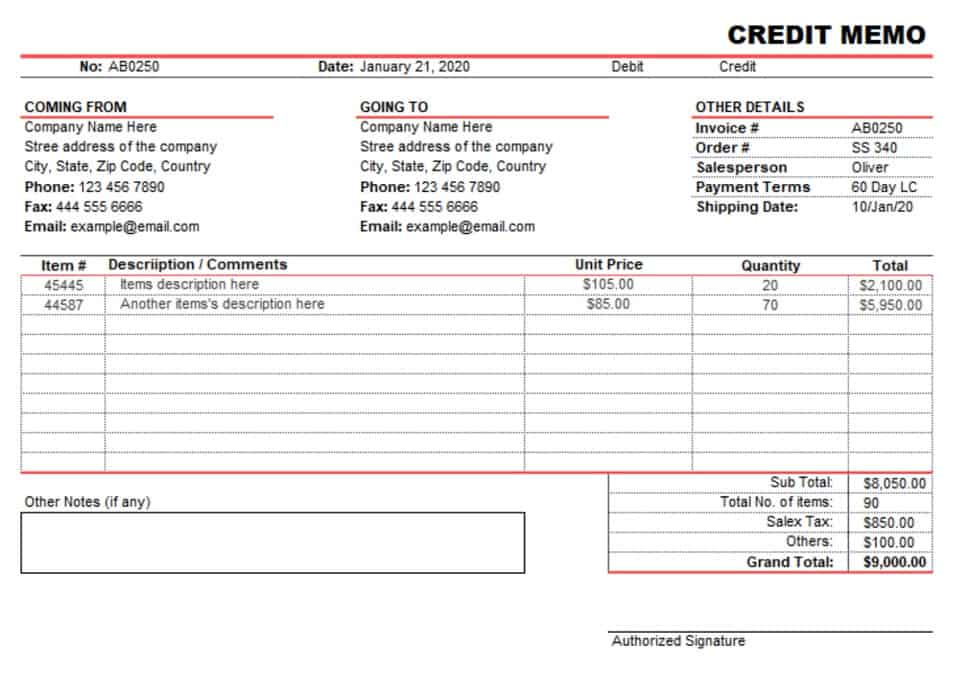Essential Guide to Managerial Accounting

Calculating inventory turnover can help businesses make better decisions on pricing, manufacturing, marketing, and purchasing new inventory. A managerial accountant may identify the carrying cost of inventory, which is the amount of expense a company incurs to store unsold items. Managerial accounting differs from financial accounting because the intended purpose of managerial accounting is to assist users internal to the company in making well-informed business decisions.

Activity-based costing (ABC)
- You have been elected as the coordinator of committees for your school’s business honor society.
- Cost accounting focuses specifically on a product’s quantitative costs, while management accounting considers a variety of analyses and factors, including qualitative information from staff.
- Managerial accounting differs from financial accounting because the intended purpose of managerial accounting is to assist users internal to the company in making well-informed business decisions.
- Financial accounting is a specific branch of accounting involving a process of recording, summarizing, and reporting the myriad of transactions resulting from business operations over a period of time.
Understanding the cause and effects of past bottlenecks can help with policy design and strategic planning. One of the most important ways businesses use management accounting is for margin analysis. Businesses rely on performance measurement metrics to compare their actual results with projections they made during their planning and budgeting phases. Not only does performance measurement help a company course-correct flawed or unprofitable operations, but this crucial benchmark is instrumental in letting a company compare its performance with that of its direct market competitors. The analysis of the production lines of a business identifies principal bottlenecks, the inefficiencies created by these bottlenecks, and their impact on the company’s ability to generate revenues and profits. In a supervisory position, controllers oversee all aspects of the financial health of an organization, organizing reports, analyzing financial data, and creating strategic plans and goals.
- An income statement can be useful to management, but managerial accounting gives a company better insight into production and pricing strategies compared with financial accounting.
- While the book does provide the required terminology and numeric examples, it is much more readable than a typical textbook in the field.
- From traditional costing methods to the advent of Activity-Based Costing, the history of managerial accounting reflects its continuous evolution to meet the dynamic needs of businesses.
- These constraints, also called bottlenecks, can be internal or external factors that limit the business’s profitability.
- Automating this step also reduces manual data entry errors and ensures more accurate information.
- There is no Table of Contents in the downloadable PDF but a Table of Contents is available at the Open Textbook Library (OTL) webpage where one would download the text.
Product Costing and Valuation
When the company does the work in the following month, no journal entry is recorded, because the transaction will have been recorded in full the prior month. Under the revenue recognition principle, the $25,000 in grain you invoiced your customer for in November is considered sold at that moment, so $25,000 in sales income is recorded in November and an account receivable for $25,000 is created. The revenue recognition principle states that income must be ‘recognized’ or recorded when it’s actually realized or earned, rather than when cash is deposited into your bank account. The cash method makes it relatively easy to calculate your taxable income by yourself, without help from a professional accountant or tax expert. A historical perspective sheds light on the evolution of managerial accounting and hints at future trends.

Margin analysis
Finally, “Business in Action” features in Managerial Accounting link managerial decision-making to real business decisions to help your students complete the learning cycle from concept, to accounting decision, to real-world application. Consistent with other roles in modern corporations, management accountants have a dual reporting relationship. Variance analysis is a systematic approach to the comparison of the actual and budgeted costs of the raw materials and labour used during a production period. Since managerial accounting is different than financial accounting, this goes beyond just revenues and expenses.
Can management accounting help small businesses?
Common financial statements include balance sheet, income statement, and cash flow statement. An income statement can be useful to management, but managerial accounting gives a company better insight into production and pricing strategies compared with financial accounting. Financial accounting rules regarding an income statement are more useful for investors seeking to gauge a company’s profitability and external parties looking to assess the risk or consistency of operations. In contrast, financial accounting reports are highly regulated, especially the income statement, balance sheet, and cash flow statement. Since this information is released for public consumption and is highly anticipated by investors, companies are very careful about how they make calculations, how figures are reported, and in what format those reports appear.

Author Services
For example, if the availability of raw materials needed for production is very limited, this is a constraint that limits the business’s production output. Marginal costing is used to determine the cost of producing an additional unit in order to identify at which volume the production costs per additional unit are the lowest. Marginal costing essentially reveals the relationship between cost, volume, and profit which can be used to determine the break-even point, optimum production volume, and the optimal sales mix.
Risks are any circumstances that threaten the bottom line of a company, such as failing projects, market fluctuations, legal liabilities or disasters. Performance management is about more than just human performance at a company; it is about how the company is doing as a whole. It can be about the senior leadership’s expectations managerial accounting or the task owner’s requirements. Performance management is primarily concerned with how effectively employees are working to produce quality results. Managerial Accounting by Heisinger and Hoyle also contains a handful of other pedagogical aids to compliment your lectures and help your students come to class prepared.
- Managers use this information to make informed decisions on pricing strategies and production levels.
- The overhead expenses may be allocated based on the number of goods produced or other activity drivers related to production, such as the square footage of the facility.
- The movement reached a tipping point during the 2005 Lean Accounting Summit in Dearborn, Michigan, United States.
- The lack of a Table of Contents or chapter listing within the PDF of the book itself is an issue.
- Accrual accounting recognizes the impact of a transaction over a period of time.
- The analysis and reports in management accounting statements are based on internal information and the statements and reports prepared in financial accounting.
Budgeting, trend analysis, and forecasting

